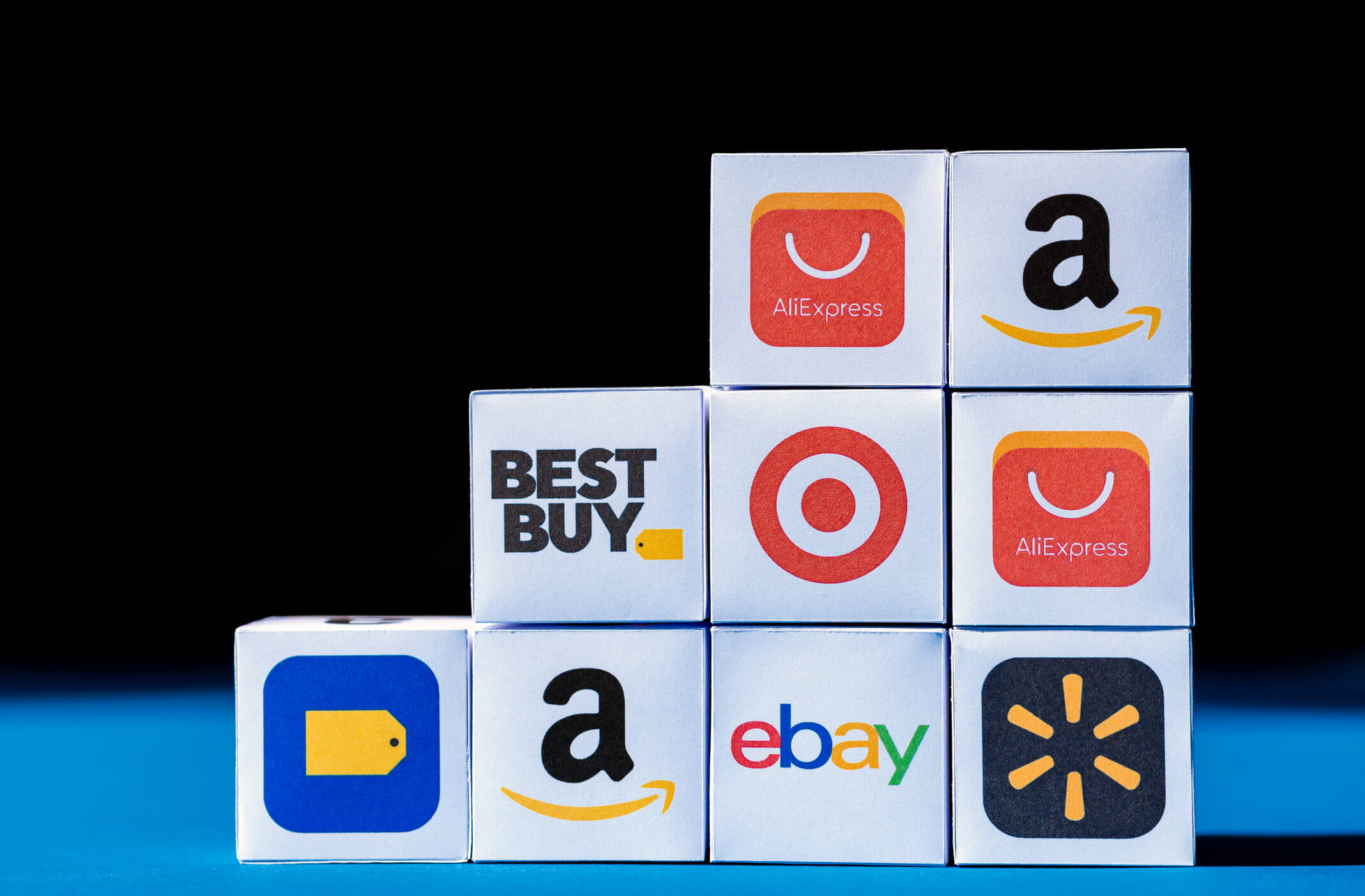Top B2B digital survival strategies
May 5, 2020Tips to help pivot and optimize processes to drive online commerce.
B2B businesses are feeling the Coronavirus pinch, perhaps even more than B2C. Traditional demand generation channels—trade shows and live events—have all but disappeared, and social distancing measures make face-to-face networking impossible. Additionally, valuable word-of-mouth referrals dry up when people are isolated and working from home. B2B organizations that were counting on these tried and true revenue-generating opportunities know these have been eliminated for the foreseeable future. In reality, for most organizations the focus has been keeping the lights on and ensuring that employees and customers are safe during these first few months of 2020, not driving revenue.
These challenges alone are impacting businesses across the board. However, they may impact B2B more as many traditional B2B industries are not digitally native, to begin with. In addition, if they do have an e-commerce practice, they may lack mature digital strategies and technologies to enable the rapid pivot needed to survive and thrive today. That means there is most likely work that needs to be done to enable digital commerce across channels.
The good news is that the digital strategies you develop today to cope with disruptions due to COVID-19 will position you for growth in the future.
McKinsey discovered that B2B digital leaders generated five times the revenue growth and eight times the earnings of their less digitally mature peers. Companies that pursued a path of digital transformation used their strategic advantage to increase operational efficiency and unlock new revenue streams.
If you’ve been slow to embrace digital channels, now is the time to make digital transformation a priority and here are a few of the top methods:
Optimize the customer journey
B2B buyers have increasingly moved away from sales-supported purchases; they want the same convenience, transparency, and flexibility they get from B2C e-commerce platforms. According to the B2B Buying Process 2019 Report, over one-third of buyers would choose a vendor that offered a digital purchase experience that included online ordering, payment, and order tracking. This represents a huge opportunity for B2Bs to transform the customer experience and create a seamless online process.
Delivering this type of experience depends on synching your tech stack. Your CRM, ERP, product information management solution, e-commerce platform, DAM, payment, and delivery systems need to be connected and synchronized to remove friction. There are a lot of technology options to choose from, so choose wisely.
Consistency is key to omnichannel success. Customers expect a consistent experience at every touchpoint, especially in a complex B2B buying journey which may involve multiple stakeholders and channels. Make sure your product information is accurate and consistent across all your online channels.
Build transparency with inventory and supply chains
Inventory and supply chain challenges are especially acute in the current environment, but it’s an issue that is always top of mind with B2B buyers. Digitally mature businesses have a 360-degree view of their inventory and supply; this allows them to provide clear and accurate information about product availability and delivery times.
Product information management systems can play a supporting role by providing robust product relationship data. This allows customers to find similar or related items when a particular product isn’t readily available.
Ramp up your SEO

SEO is essential for online commerce
B2B SEO needs to reach multiple decision-makers, which means your SEO strategy needs to address questions from technical, executive, and managerial stakeholders. User intent and sales life cycles are different for B2B, so SEO tactics are inherently different.
Make sure your product pages include keywords that answer a problem or pain point for buyers. Develop the product content your buyers need to make a purchase decision: technical specifications, comparison charts, FAQs, case studies, drawings, schematics, photos, videos, and social proof in the form of testimonials or reviews. Focus on personalized content that caters to the needs of different buyer personas.
Embrace mobile commerce

Mobile commerce
B2B mobile commerce statistics should be a wake-up call: Roughly 25% of all B2B site traffic is mobile and B2B m-commerce is expected to top $1 trillion in 2020. Of the B2Bs that have implemented a mobile strategy, 44% of their sales occur through a mobile device. Over 80% of B2B buyers are using mobile at work and 60% say mobile played a significant role in a recent purchase.
The fact is, desktop functionality can’t support the entire B2B customer experience. B2B buyers need mobile access to product and account information, knowledge bases, and support. Mobile not only supports end-users, it also offers anytime-anywhere capabilities to support sales, channel partners, and field technicians.
Native B2B apps are the gold standard, but organizations can be more mobile-friendly without going the app route. At the very least, responsive website design is essential so customers have a seamless experience no matter how they interact with your products. Progressive web applications or PWAs are a step above responsive design and incorporate some app capabilities such as the ability to access information offline.
The coming months will be a pivotal time for businesses, and B2Bs that haven’t mastered the shift to digital will struggle to replace lost opportunities. Digital transformation shouldn’t be viewed as simply an emergency stop-gap measure, however. It’s an opportunity to reinvent the way you serve your customers and position your business to provide long-term value that scales.
To learn more about how to navigate these difficult times, contact us.
author
Gauri Chawla
Senior Vice President of Global Partners & Alliances
Gauri Chawla is the Vice President of Global Partners and Alliances at inriver.
read more